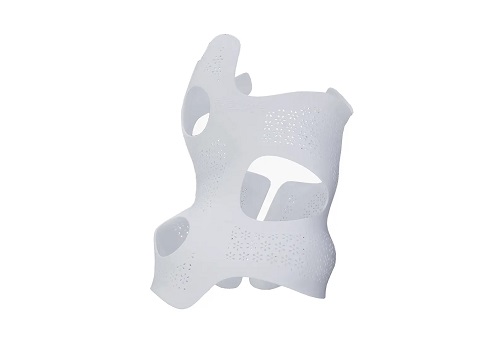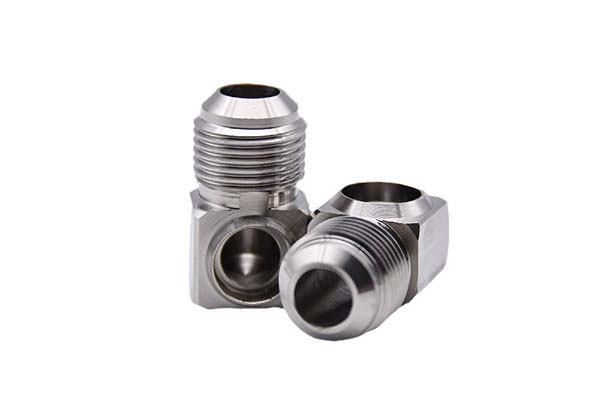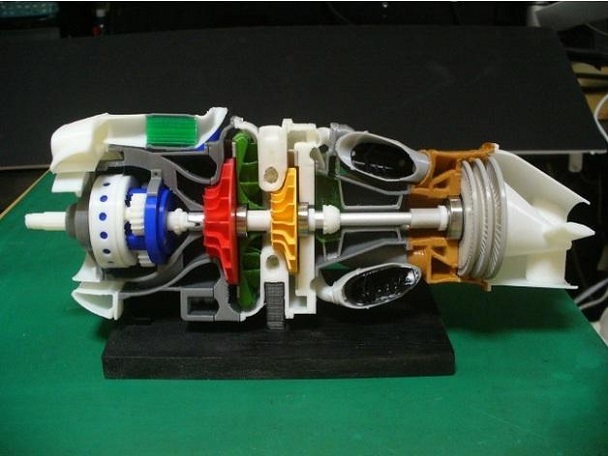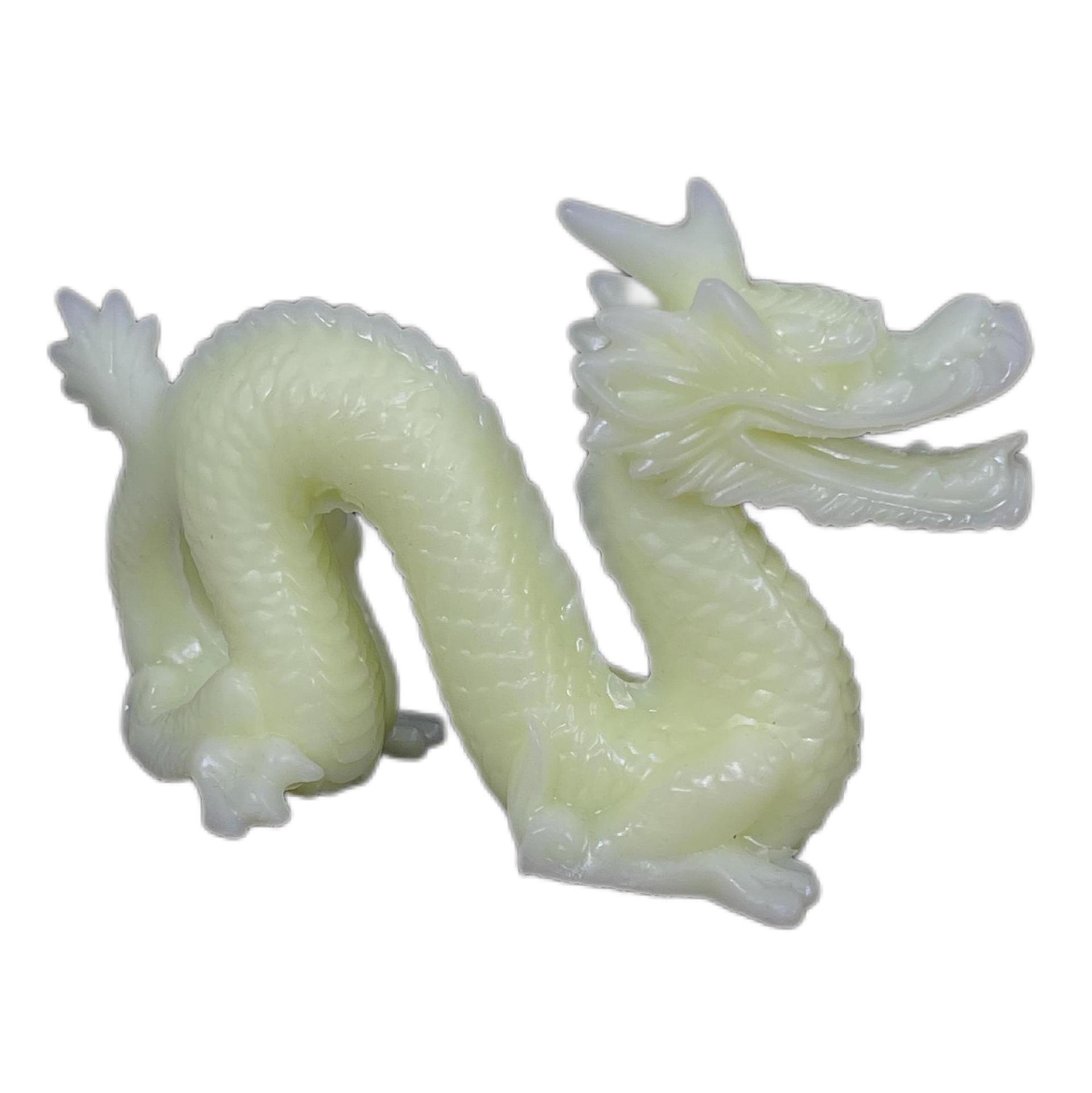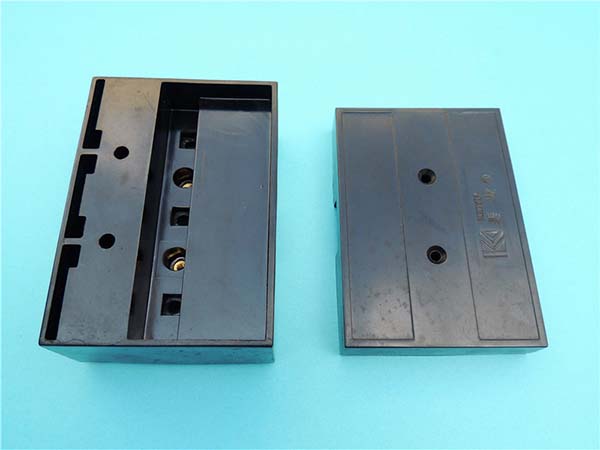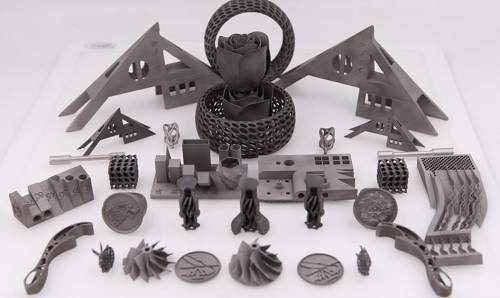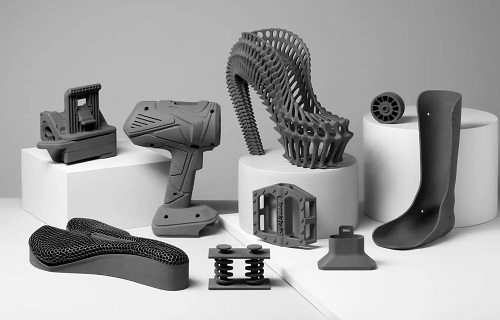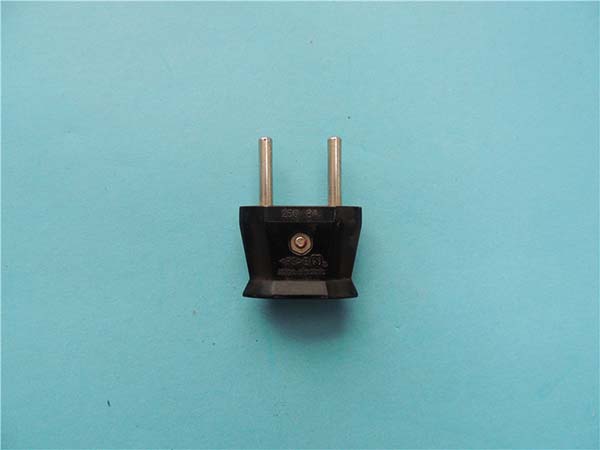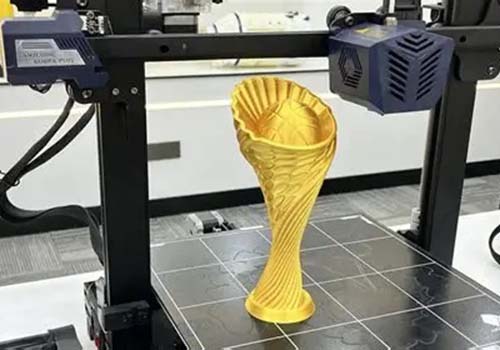Introduction to 3D Printing on Demand
Definition and Concept
3D printing on demand, also referred to as additive manufacturing or rapid prototyping, is a transformative technology that creates three-dimensional objects by successively layering materials based on digital designs. Unlike traditional manufacturing, where material is subtracted from a larger mass, 3D printing builds objects layer by layer. This on-demand manufacturing process allows businesses to produce items only when there’s a confirmed order, drastically reducing waste and storage costs, and enabling an unparalleled level of customization for various industries.
Historical Development
The concept of 3D printing dates back to the 1980s when Charles "Chuck" Hull invented stereolithography (SLA), the first commercial 3D printing process. Since then, the technology has evolved with advancements in materials, precision, and speed. Initially adopted by industries like aerospace and automotive for rapid prototyping, 3D printing has expanded to a wide range of sectors. Today, it plays a significant role in how products are designed, developed, and manufactured across multiple industries.
Benefits of 3D Printing on Demand
Cost Efficiency
One of the standout benefits of 3D printing on demand is its cost efficiency. By producing items only when they are needed, businesses can avoid the high costs of mass production, including tooling, labor, and inventory management. This model is particularly advantageous for small businesses, startups, and industries with fluctuating demand, as it reduces the need for large upfront investments. Additionally, 3D printing minimizes material waste, as it uses only the exact amount of material necessary to create the item.
Waste Reduction
Traditional manufacturing methods often produce substantial waste, both in the form of discarded raw materials and unsold inventory. 3D printing, on the other hand, is a highly precise process that creates products layer by layer, ensuring that only the material required for the final object is used. This approach helps reduce environmental impact, making 3D printing a more sustainable option compared to conventional methods. The ability to produce on-demand items also means that companies no longer need to worry about unsold stock piling up.
Customization Opportunities
Perhaps the most exciting aspect of 3D printing on demand is the ability to produce highly customized and personalized products. Whether it's creating tailor-made prosthetics, custom jewelry, or one-of-a-kind home decor, 3D printing allows for intricate and precise designs that would be difficult, if not impossible, to achieve using traditional manufacturing techniques. This level of customization leads to greater customer satisfaction, as consumers can receive products that are perfectly suited to their preferences or specific needs, and often at a premium price.
Industries Impacted by 3D Printing on Demand
Manufacturing
3D printing on demand is revolutionizing the manufacturing sector by allowing businesses to produce prototypes, small batches, or even one-off items without the need for expensive molds or tooling. This has dramatically reduced the time and cost associated with product development and testing, enabling businesses to bring products to market faster. Additionally, companies can quickly adjust production based on demand, allowing them to respond more agilely to market shifts.
Healthcare
The healthcare industry has seen significant advancements with 3D printing on demand, particularly in the creation of custom prosthetics and implants. Traditional prosthetics can be costly and take weeks or even months to produce, whereas 3D printing allows for rapid, affordable production of tailor-made prosthetic limbs and implants. In addition, 3D printing is being explored for the creation of biocompatible materials used in tissue engineering and organ transplants, presenting new possibilities for medical treatments.
Aerospace
In aerospace, 3D printing on demand has allowed for the creation of lightweight, complex parts that help reduce fuel consumption and improve the efficiency of aircraft. The ability to produce parts as needed, even in remote locations, offers significant advantages, particularly in space exploration. For example, spacecrafts can print replacement parts on-site, reducing the need to carry spare parts on long-duration missions and providing a solution for maintenance during space travel.
Consumer Goods
From fashion and accessories to electronics and home goods, 3D printing is transforming the consumer goods industry. Designers can use 3D printing to experiment with unique materials, styles, and patterns that would be difficult to achieve with traditional methods. Customers can also access products that are more aligned with their individual preferences, leading to a more personalized shopping experience. This shift is helping to create a more diverse and inclusive marketplace.
Case Studies and Success Stories
Business Models
Several companies have successfully integrated 3D printing into their business models, leveraging its benefits for cost reduction, faster time-to-market, and enhanced customization. For example, Shapeways provides a platform for designers to sell their 3D-printed products directly to consumers, offering a wide range of custom-made items. Carbon, on the other hand, has revolutionized production with its Digital Light Synthesis (DLS) technology, producing high-performance parts for industries such as automotive, healthcare, and consumer goods.
Customer Experiences
Consumers who have used 3D printing on demand often express high levels of satisfaction, particularly due to the customization options available. A customer who purchased a custom-designed phone case found that it perfectly suited their style and needs, something they couldn't find in traditional retail stores. Similarly, a patient who received a custom-made prosthetic limb through 3D printing reported a noticeable improvement in comfort and functionality compared to previous off-the-shelf solutions.
Industry Adoption Rates
The adoption of 3D printing on demand is growing rapidly across various industries. Sectors such as aerospace and automotive have been among the quickest to adopt 3D printing, with over 60% of companies in these industries incorporating the technology. The healthcare sector is also seeing rapid growth, with adoption rates expected to double in the coming years as clinicians and patients alike realize the potential of customized solutions.
FAQ
Q: What types of materials can be used in 3D printing on demand?
A: A wide variety of materials can be used in 3D printing, including plastics (PLA, ABS), metals (titanium, aluminum), ceramics, glass, and even biological materials such as human cells. The choice of material depends on the application and required properties of the product, such as strength, flexibility, or biocompatibility.
Q: How does 3D printing on demand impact supply chain management?
A: 3D printing on demand has a transformative effect on supply chain management by decentralizing production. Companies can establish local print hubs closer to customers, reducing shipping costs and lead times. Additionally, the ability to print parts as needed reduces the need for large inventories, freeing up capital and reducing storage costs. In case of supply chain disruptions, businesses can quickly pivot to local production to meet demand.
Q: Are there any limitations or challenges associated with 3D printing on demand?
A: While 3D printing on demand offers numerous advantages, there are still challenges to overcome. For instance, production speed can be slower compared to traditional mass manufacturing for large volumes, making it less suitable for high-volume production. Additionally, the initial investment in 3D printing technology can be costly for smaller businesses, and there may be concerns regarding the mechanical properties and durability of 3D-printed parts, especially for metal components. Continued advancements in technology are working to address these limitations.
In conclusion, 3D printing on demand is reshaping the way products are manufactured and customized. By offering cost efficiency, reducing waste, and enabling high levels of personalization, 3D printing is not only changing how companies produce goods but also how they interact with customers. As the technology continues to evolve, its impact will only grow, creating new opportunities for industries ranging from healthcare to aerospace, fashion, and beyond.
